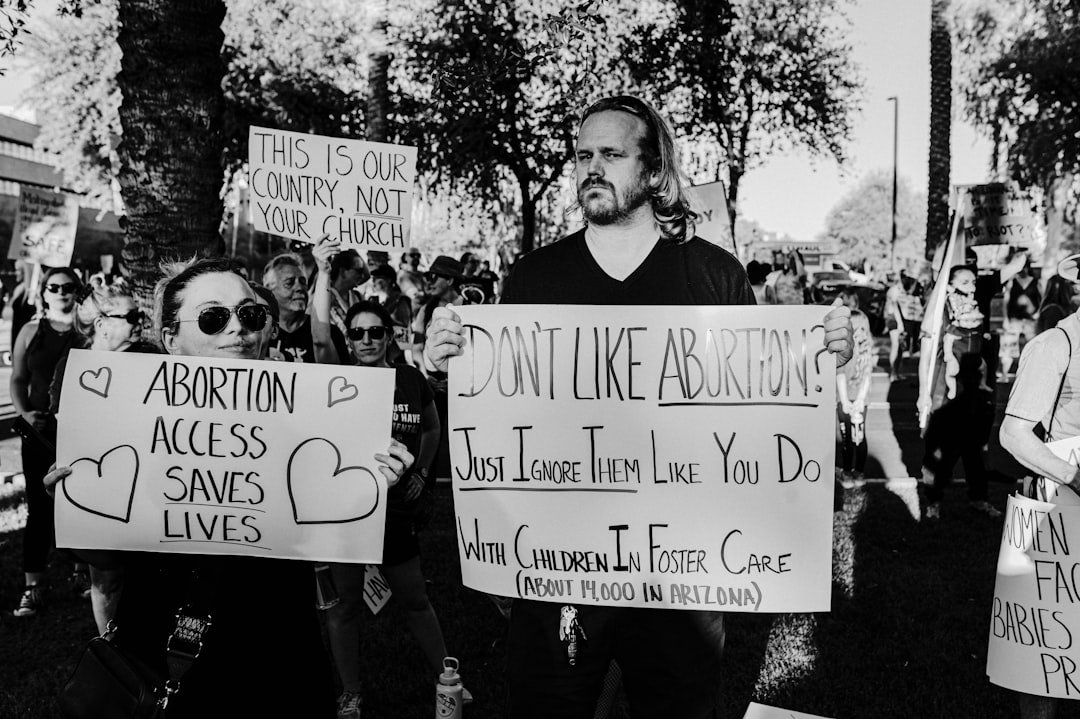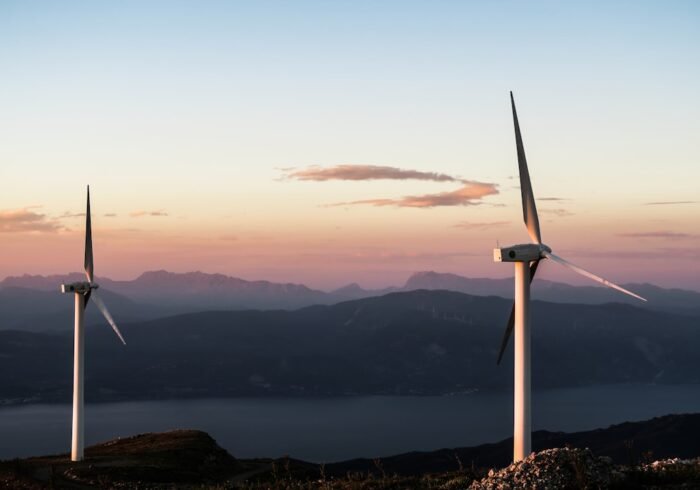Fridays for Future The actions of one teen, Greta Thunberg, in 2018 sparked the grassroots movement known as Fridays for Future (FFF). Thunberg’s solo demonstration outside the Swedish Parliament, where she carried a sign that read “Skolstrejk för klimatet” (School Strike for Climate), is where this worldwide phenomenon got its start. This act of defiance was a clear call to action against governments’ inaction on climate change, not just a personal statement. Many young people who were also frustrated by the lack of urgency in addressing the climate crisis found resonance in Thunberg’s decision to skip school on Fridays in order to demand stronger climate policies. As word of Thunberg’s demonstration spread, students all across the world showed their solidarity.
Key Takeaways
- Fridays for Future was inspired by Greta Thunberg’s solo protest outside the Swedish Parliament in 2018, demanding stronger action on climate change.
- Greta Thunberg’s powerful speeches and activism have galvanized a global movement of young people demanding urgent climate action from world leaders.
- The movement has spread to over 7,500 cities in 150 countries, with students and young people leading strikes and protests to demand climate action.
- Social media has played a crucial role in amplifying the message of Fridays for Future, allowing activists to connect, organize, and mobilize on a global scale.
- Fridays for Future activists use a variety of tactics, including strikes, protests, and civil disobedience, to raise awareness and pressure governments to take action on climate change.
Young people who were growing more conscious of the grave effects of climate change were moved by the clarity of her demands and the simplicity of her message. Students from different nations organized their own strikes and protests as the movement swiftly gathered steam. This group effort launched Fridays for Future, a movement that would quickly come to represent youth-led climate action. FFF was founded with a strong sense of urgency and a desire for systemic change, which reflected the frustrations of a generation burdened by an uncertain future. The Impact of Greta Thunberg on the Movement It is impossible to overestimate the impact of Greta Thunberg on Fridays for Future. Her unwavering dedication to climate activism has inspired millions of people worldwide, turning her from a lone protestor into a representation of environmentalism led by young people.
In a way never seen before, Thunberg’s speeches have inspired audiences & raised awareness of the climate crisis thanks to their emotional depth and meticulous factual analysis. She is a strong voice in global debates on climate policy because of her capacity to express the anxieties and aspirations of her generation. Beyond just her speeches, Thunberg has been instrumental in bringing disparate groups together under the FFF banner. She has inspired young activists from diverse backgrounds to unite in their fight against climate change by highlighting the necessity of solidarity and group action.
She has raised the conversation about climate action and put pressure on world leaders to take significant steps toward sustainability by attending important international gatherings like the United Nations Climate Change Conference (COP). Through her leadership, Thunberg has influenced the discourse surrounding climate activism and given countless young people the confidence to speak out & call for change. The Internationalization of Fridays for Future The Fridays for Future movement swiftly grew beyond national boundaries, becoming a worldwide phenomenon that brought together young activists from various backgrounds & cultures.
| Country | Number of Strikes | Number of Participants |
|---|---|---|
| Germany | 1,400 | 1.4 million |
| Sweden | 270 | 250,000 |
| United States | 1,000 | 1 million |
| Australia | 300 | 300,000 |
The movement spread across continents as students started to plan strikes in their own cities, drawing millions of people to protests calling for immediate action on climate change. FFF became a focal point for young people’s dissatisfaction with environmental degradation and government inaction from Europe to North America, Asia to Africa. The prevalence of FFF around the world shows that young people are worried about the future. Students in numerous nations have taken to the streets, frequently encountering obstacles like social disinterest or opposition from the government.
Despite this, the movement has kept expanding because of the participants’ sense of urgency and camaraderie. Today’s interconnected world has made it possible for ideas and tactics to spread quickly, allowing activists to share knowledge and modify their tactics according to local conditions. Young climate activists around the world now feel more connected to one another thanks to this global network, which has also helped spread the Fridays for Future message. How Social Media Has Driven the Movement Fridays for Future’s growth and presence can be attributed in large part to social media.
Powerful tools for spreading messages, planning events, and rallying supporters have been made available to activists by social media sites like Facebook, Instagram, and Twitter. Instantaneous access to large audiences has made it possible for FFF to become more visible and draw interest from conventional media sources. ClimateStrike and FridaysForFuture have evolved into rallying cries that capture the objectives & ambitions of the movement.
Also, social media has made it easier for activists to exchange resources & information, which has helped them plan ahead and coordinate activities in various locations. In addition to promoting their events, young people have used these platforms to inform their peers about climate issues and push for legislative changes. Social media campaigns’ ability to go viral has greatly increased the visibility of individual voices & instilled in followers a sense of urgency. Consequently, social media has emerged as a crucial element of Fridays for Future, enabling it to flourish in a world that is becoming more and more digital.
Fridays for Future Activists’ Strategies & Tactics Fridays for Future activists use a range of strategies & tactics to promote their cause and increase public awareness of climate change. One of the most well-known strategies is planning massive strikes and protests, which are effective visual statements of young people’s dissatisfaction with the government’s lack of action. These gatherings frequently garner a lot of media attention, which highlights the movement’s demands and spreads its message. FFF highlights the importance of tackling climate issues & shows the collective strength of youth activism by organizing thousands of participants. FFF activists participate in a variety of advocacy and educational activities in addition to strikes. They frequently work with neighborhood groups, take part in social gatherings, and use artistic mediums like performances or art installations to get their point across.
Activists can reach a variety of audiences and encourage increased interest in climate issues by using a variety of strategies. In addition, FFF places a strong emphasis on intersectionality & inclusivity within its movement because it acknowledges that marginalized communities are disproportionately impacted by climate change. This strategy emphasizes the connection between environmental sustainability and social justice while also increasing the movement’s appeal. Youth’s Role in Climate Activism Youth play a crucial role in climate activism because they are the generation that will be most impacted by climate change, both now and in the future.
Young people have become fervent supporters of environmental justice, frequently taking the lead in calling on businesses & governments to implement systemic change. Their distinct viewpoint, influenced by their upbringing during a period of growing environmental crises, strengthens their resolve to build a sustainable future. Youth activism is distinguished by its dynamism, inventiveness, and readiness to question accepted conventions. Innovative strategies are frequently used by young activists to involve their peers and spread awareness of climate issues. They use social media to connect with like-minded people worldwide, raise support, and share their stories.
This change in activism across generations is a reflection of a larger cultural shift that places a higher value on sustainability and leader accountability. As they persist in pushing for significant climate change action, youth are changing the discourse on environmentalism and motivating others to support their cause. Fridays for Future’s Obstacles and Criticisms Despite its achievements, Fridays for Future continues to face a number of obstacles and criticisms that jeopardize its long-term viability.
The opposition from institutions and political leaders, who might consider youth activism disruptive or naive, is a major obstacle. Critics contend that young activists are inexperienced and ignorant enough to participate in intricate policy debates. This rejection may damage the movement’s reputation and deter people who feel excluded or unheard from joining.
Also, internal conflicts within the movement may make it more difficult for it to remain cohesive and effective. Local groups’ varying goals & approaches could cause disarray or conflict as FFF expands internationally. Maintaining momentum requires striking a balance between differing viewpoints while delivering a consistent message, which can be challenging.
In order to overcome these challenges, FFF must continue to be flexible while adhering to its primary goal of promoting immediate climate action. The Future of Climate Activism: What’s Next for Fridays for Future In the future, Fridays for Future is at a turning point as it looks to build on its successes while tackling persistent issues. Future climate activism is probably going to require closer cooperation with more reputable environmental groups and movements that have similar objectives. FFF can increase its impact & reach by forming partnerships with other organizations that are concerned with sustainability or social justice.
Also, FFF might need to modify its tactics in order to stay relevant in a changing environment as global awareness of climate issues continues to rise. This could entail investigating fresh approaches to activism that appeal to younger audiences or using cutting-edge technology to improve engagement initiatives. Also, encouraging intergenerational communication will be essential to closing the divide between seasoned activists and fresher voices in the movement.
In the end, Fridays for Future is a potent illustration of young people’s tenacity and resolve in the face of difficulty. Future generations will depend on young activists to shape policies that prioritize environmental sustainability as they continue to push for significant change. Although there is a lot of promise for climate activism in the future, it is unclear how FFF will proceed while motivating others in the process.
Climate activism, such as the Fridays for Future movement, is crucial in raising awareness about the urgent need for action on climate change. One related article that delves into the impact of climate change and the importance of renewable resources can be found here. Understanding the causes of climate change is also essential in driving meaningful change, as explored in another informative article available here. Additionally, the detrimental effects of cattle methane emissions on the environment are discussed in an article that sheds light on this pressing issue here. By educating ourselves and taking action, we can work towards a more sustainable future for our planet.



